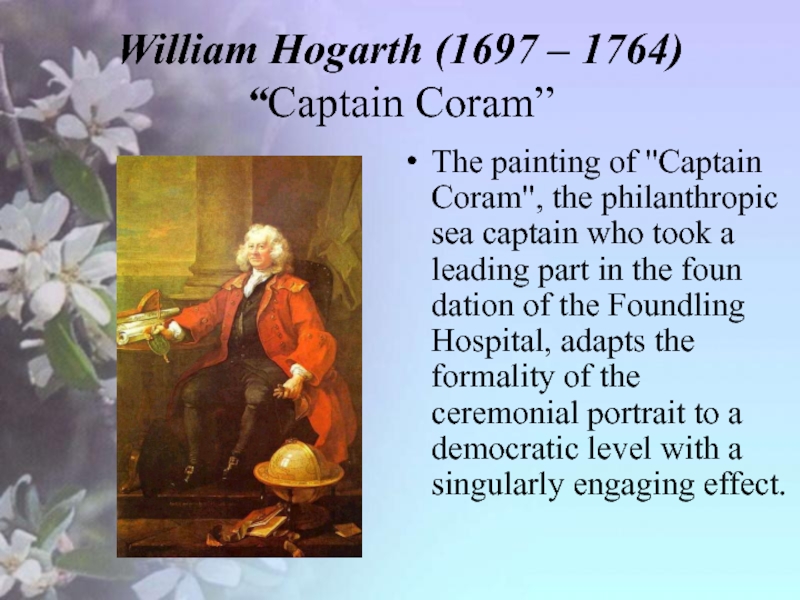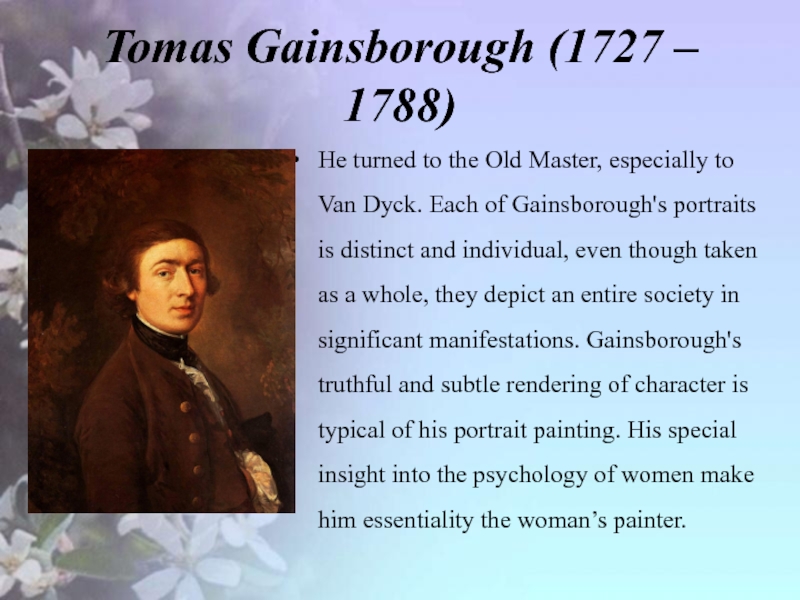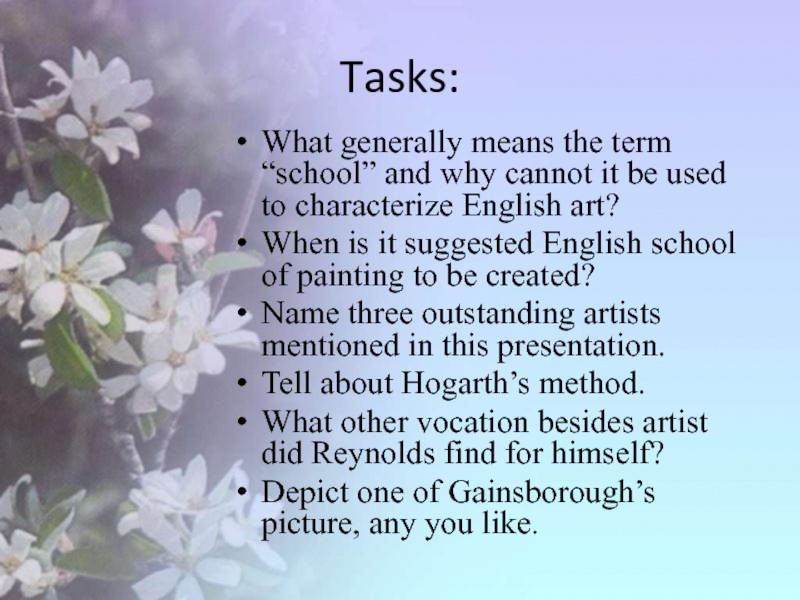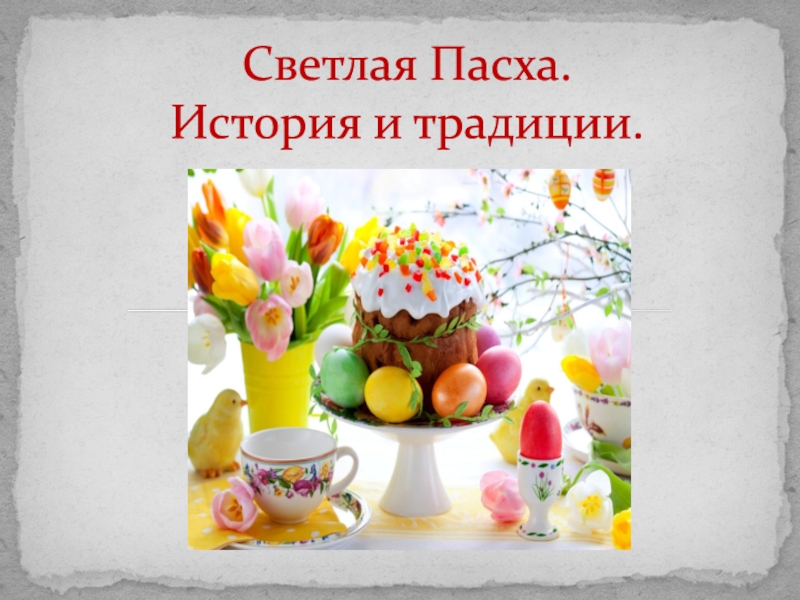Слайд 2Tasks:
What generally means the term “school” and why cannot it
be used to characterize English art?
When is it suggested English
school of painting to be created?
Name three outstanding artists mentioned in this presentation.
Tell about Hogarth’s method.
What other vocation besides artist did Reynolds find for himself?
Depict one of Gainsborough’s picture, any you like.
Слайд 3 The English school of painting is an expression for English artists who
produced characteristically English painting.
Generally, the term
"school" is used to designate a special collection of traditions and processes, a particular method, a peculiar style in design and colour scheme, all contributing to the representation of a national ideal existing in the minds of native artists at the same time. However, the term cannot be used in this way to characterize English art, because there is an absence of any national tradition that strikes one most forcibly in studying English painting. Each English painter seems to stand by himself - isolated from his brother-artists. For the sake of brevity, all these separate manifestations are grouped together under the name of "English school of painting".
English school of painting
Слайд 4The 18th century
Sir James Thornhill
Слайд 5William Hogarth (1697 – 1764)
He was unquestionably one of the
greatest English artists and a man of remarkably individual character
and thought. It was his achievement to give a comprehensive view of social life within the framework of moralistic and dramatic narrative.
Слайд 6William Hogarth (1697 – 1764)
Hogarth's method of suggesting depth through
receding structures and lighting effects is artificial and deliberate: it
is the scenic artist’s device for articulating and emphasizing the dramatic action of his figures.
Слайд 7William Hogarth (1697 – 1764)
“The Harlot's progress”
Слайд 8William Hogarth (1697 – 1764)
“The Rake’s progress”
Слайд 9William Hogarth (1697 – 1764)
“The Marriage-a-la-Mode”
Слайд 10William Hogarth (1697 – 1764)
Hogarth seems to have hit on
the idea of these series by accident, but once conceived
it was soon backed by a deliberate programme. Hogarth's satires were not burlesques; besides being, in the formal sense, serious painting, they were also serious moral and social satires. He was entirely in key with the moral and philanthropic mood of his age. His art was a reflection, an interpretation, and a commentary on the social condition of his time.
Слайд 11William Hogarth (1697 – 1764)
“The Graham Children”
In portraiture Hogarth displays
a great variety and originality. The charm of childhood, the
ability to compose a vivid group, a delightful delicacy of colour appear in "The Graham Children" of 1742. The portrait heads of his servants are penetrating studies of character.
Слайд 12William Hogarth (1697 – 1764)
“Captain Coram”
The painting of "Captain Coram",
the philanthropic sea captain who took a leading part in
the foundation of the Foundling Hospital, adapts the formality of the ceremonial portrait to a democratic level with a singularly engaging effect.
Слайд 13Sir Anthony Van Dyck
Some other experts have the opinion that the Flemish painter
Sir Anthony van Dyck, who came to London in 1732, may be called
the founder of English school of painting, as many English portraitists were his artistic heirs. However, Van Dyck was born in Antwerp. Many other important artists from abroad, such as Hans Holbein the Younger, Sir Peter Lely or Sir Godfrey Kneller, settled for long periods in Britain, where they had a great influence on native painting.
Слайд 14Sir Joshua Reynolds (1723 – 1792)
Reynolds insisted in his practice that
a portrait could and should be also a full, complex
work of art on many levels: he conceived his portraits in terms of history-painting. Each fresh sitter was not just a physical fact to be recorded, but rather a story to be told. His people are no longer static, but caught between this movement and the next, between one moment and the next. Their minds and bodies exist on the brink of various possibilities, and they are essentially involved in the weather of life.
Слайд 15Sir Joshua Reynolds (1723 – 1792)
“The Portrait of Nelly O’Brien”
Among
his best works are those in which he departs from
the traditional forms of ceremonial portraiture and abandons himself to inspiration, as in "The Portrait Of Nelly O'Brien", which is aglow with light, warmth and feeling.
Слайд 16Tomas Gainsborough (1727 – 1788)
He turned to the Old Master,
especially to Van Dyck. Each of Gainsborough's portraits is distinct
and individual, even though taken as a whole, they depict an entire society in significant manifestations. Gainsborough's truthful and subtle rendering of character is typical of his portrait painting. His special insight into the psychology of women make him essentiality the woman’s painter.
Слайд 17Tomas Gainsborough (1727 – 1788)
“Two Daughters”
One of the most
fascinating of his works is the study of his "Two
Daughters''. In its unfinished state it is an exquisite study of young girlhood. Its light colour scheme of blues and yellows belongs to his early period.
Слайд 18Tomas Gainsborough (1727 – 1788)
“Mrs Siddons”
Later he enriched his palette,
but he invariablу kept his scheme cool, preferring blues. In
such a masterpiece as the glorious "Mrs Siddons” the prevailing colour is blue, but it loses nothing in richness against any work in more intimate colour. There is a kind of English reserve about Gainsborough's blues, which belong essentially to his spirit. Gainsborough’s painting is not overburdened but too scrupulous an observance of rules and precepts.
Слайд 19Tomas Gainsborough (1727 – 1788)
“Robert Andrew and Mary, His Wife”
Emphasis
is nearly always placed on the season in both the
landscape and the portraits, from the time of Gainsborough's early works until the years of his late maturity. In his most famous early painting “Robert Andrews and Mary, His Wife" Gainsborough shows the pleasure of resting on a rustic bench in the cool shade of an oak tree, while all around the ripe harvest throbs in a hot atmosphere enveloped in a golden light.
Слайд 20Tomas Gainsborough (1727 – 1788)
“The Market Cart”
In his late work
"The Market Cart", painted in 1786—1787, that is shortly before
Gainsborough's death, the season is autumn, and the picture is penetrated throughout by the richness and warmth of colour of this season, by its scents of drenched earth and marshy undergrowth.
Слайд 21Tomas Gainsborough (1727 – 1788)
Contrasts of light and shade in
a context of flowing, curved and broken lines, produce аn
impression of animation and mobility which is the characteristic of Gainsborough's art. This mobility is directly connected with his technique of seizing an effect in a rapid stroke, so that a beauty of form emerges from his bold execution and masterly technique.
Слайд 22English school of painting
As the conclusion I would add that
the artists of English school of painting were creators of
whole epoch of British and world art. They can be called geniuses of their time.
Слайд 23Tasks:
What generally means the term “school” and why cannot it
be used to characterize English art?
When is it suggested English
school of painting to be created?
Name three outstanding artists mentioned in this presentation.
Tell about Hogarth’s method.
What other vocation besides artist did Reynolds find for himself?
Depict one of Gainsborough’s picture, any you like.










































